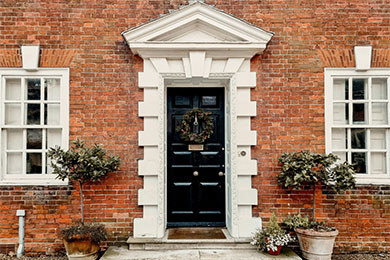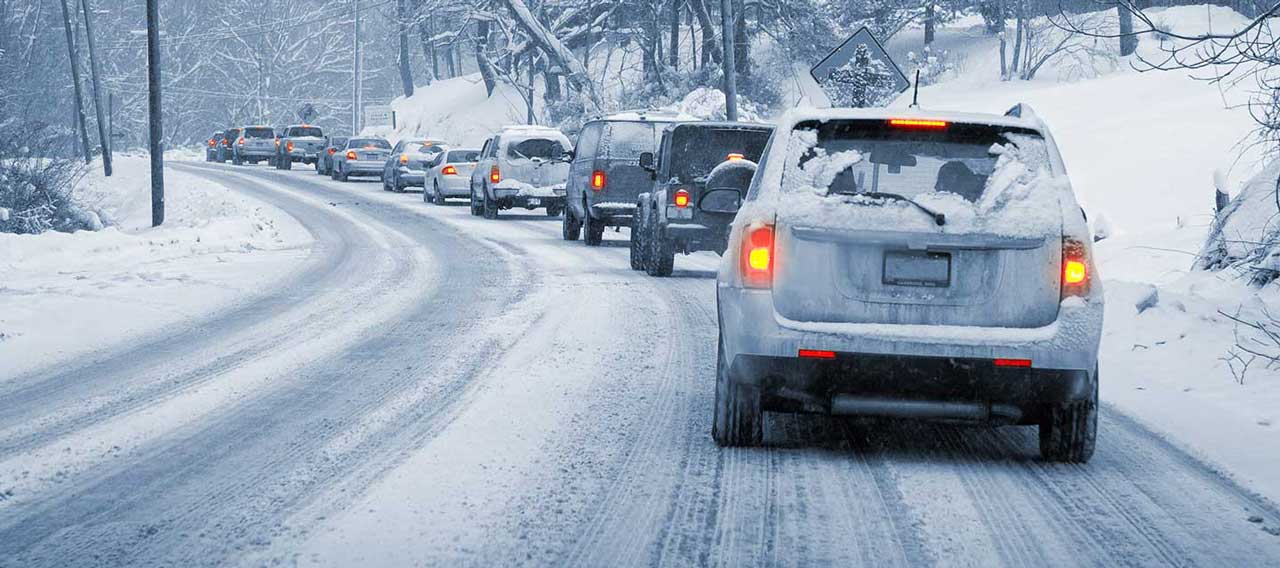- Businesses
- Individuals & Families
- Partnerships
- Brokers

Chubb Climate+ spans major industries, with a goal of enabling climate change progress in a meaningful way.


All Chubb policyholders are eligible for cyber services. Get the most value from your Chubb policy and schedule a consultation today.

In a complex world, Chubb’s support for multinationals and their brokers when choosing the right cover has never been more valuable.


As one of the world's largest providers of jewellery and fine art insurance, you can count on our unparalleled service and expertise, offering some of the broadest protection available.

As pioneers of using in-house appraisers to help clients establish the value of their property, and mitigate the risk of loss, our appraisal service is a key reason why owners of fine homes and high value possessions around the world choose Chubb

Build your business by providing the protection your customers need – it’s insurance for the new possible.

The seamless, secure, and scalable engine behind new possibilities for your company and customers.

-
About
About UsWho We AreFinancial & Regulation
- Claims
-
FCA Regulation
-
Contact
Chubb CareersComplaints
-
BackSuggested Searches
5 pro tips to protect against water damage

Whatever treasures you have, we know just how precious they are. Which is why, when one of our clients came to us following a flood in their cellar, we knew to look beyond the damp. The water had removed the labels on their wine collection, making it impossible to tell which bottle was which. So we worked with a specialist team to identify the great from the absolute greatest. All without opening a single bottle.
1. Know where your stopcock is and how to turn it off.
If your average household water pipe bursts, it can displace enough water to fill a swimming pool within 24 hours. Considering that plumbing supply failures are the number one cause of residential water damage, it’s essential that you – and everyone in your family – know exactly where your stopcock is. Usually, it’s near or under the kitchen sink, but older houses may have a small culvert outside where the stopcock can only be operated with a specific tool known as a stopcock key.
2. Consider the location of treasured artworks.
Having to potentially restore or salvage a water damaged painting is an experience best avoided. Given that leaks tend to run horizontally and vertically, try not to position artworks on walls directly beneath the upstairs shower or bath. If that’s unavoidable, hanging a painting with a 3-5cm gap from the wall will allow water to run down the back of the item. You can also monitor your home’s humidity with a simple hygrometer. Ideally, humidity in your home should be at 55% – your paintings will thank you.
3. Proactively check for leaks.
A leaky faucet can displace up to 260 litres of water a week. Check underneath sinks and around appliances like dishwashers and washing machines. Also, look for areas of moisture or mould. Flaking paint or wallpaper can be a sign of damp, as can black, speckled marks on skirting and sills. If your walls feel cold to the touch, or you notice a musty smell, then consider additional insulation. Keep an eye out for condensation on the inside of windows and skylights in the mornings. Its presence can indicate higher than average moisture levels in your home.
4. Protect your pipes from freezing.
Use a smart thermostat to maintain a minimum temperature of at least 10 degrees Celsius in your home, even if you plan on being away. Warm water must be able to circulate through pipes to prevent freezing damage from occurring. If a property is going to be unoccupied for long periods, turn off the water supply at the stopcock and consider draining the system so no water is left in the pipes. Exposed pipes should always be properly insulated. Snap-on pipe insulation is cheap and effective. Add further insulation to basements and crawl spaces to help raise the minimum temperature in those areas.
5. Install a water leak detection device.
Relatively inexpensive, detection devices automatically shut off the water supply in the event of a leak, which is essential if you leave your property vacant for extended periods. Many are capable of detecting the location of leaks within a one-meter radius, making repairs fast and simple. Wireless environmental control devices for smartphones are another technological solution, and will alert you when humidity levels become too high.
We are Chubb – expert insurers of your most valued possessions.
For more information on Chubb in the UK click here.
All content in this material is for general information purposes only. It does not constitute personal advice or a recommendation to any individual or business of any product or service. Please refer to the policy documentation issued for full terms and conditions of coverage.
Insights and expertise



